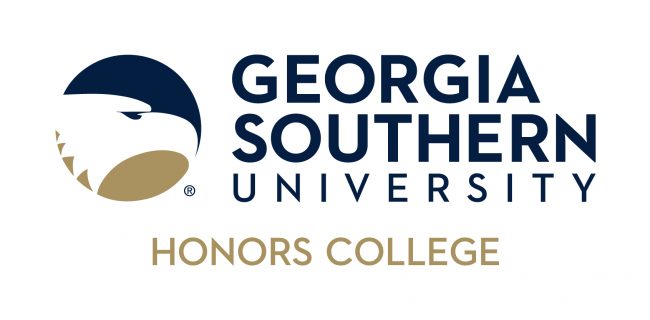Using Algal Waste Biomass to Manufacture Sustainable Substrates for Oyster Settlement
Location
Armstrong Campus (Solms 110)
Document Type and Release Option
Thesis Presentation (Open Access)
Faculty Mentor
Dr. Jennifer Zettler
Faculty Mentor Email
jzettler@georgiasouthern.edu
Presentation Year
2022
Start Date
14-11-2022 5:30 PM
End Date
14-11-2022 7:30 PM
Description
In oceans, lakes, and other bodies of water, the presence of certain nutrients is vital in order for an ecosystem to exist. However, when an ecosystem becomes oversaturated with these nutrients, algae in the water utilize the excess nitrogen and phosphorus and grow uncontrollably. This creates algal blooms on the surface of the water that deplete oxygen levels in the water. One method used to solve this issue is through Algal Turf Scrubber (ATS) technology. ATS is a natural wastewater treatment process in which water polluted with excess nitrogen and phosphorus is pumped across the floway, allowing a culture of algae to uptake nutrients before water flows out of the system. The algal biomass is harvested periodically but can itself be a waste product that is sent to landfills. It was observed that when the biomass dries, it forms a clay-like brick. The purpose of this project was to find a potential use for this dried waste product, namely in making a suitable substrate for oyster settlement and growth. The raw algal biomass was poured into plaster molds to manufacture pre-formed shapes, which were set out on a floating dock along with concrete and tile controls to determine its suitability for settlement. After a period of time, the substrates were collected, and the masses of the settled organisms on each condition were measured and compared. The results indicate that although oysters were not observed in the organism collection, the algal waste biomass can be used to create a suitable substrate for settlement of various aquatic fouling organisms.
Academic Unit
College of Science and Mathematics
Using Algal Waste Biomass to Manufacture Sustainable Substrates for Oyster Settlement
Armstrong Campus (Solms 110)
In oceans, lakes, and other bodies of water, the presence of certain nutrients is vital in order for an ecosystem to exist. However, when an ecosystem becomes oversaturated with these nutrients, algae in the water utilize the excess nitrogen and phosphorus and grow uncontrollably. This creates algal blooms on the surface of the water that deplete oxygen levels in the water. One method used to solve this issue is through Algal Turf Scrubber (ATS) technology. ATS is a natural wastewater treatment process in which water polluted with excess nitrogen and phosphorus is pumped across the floway, allowing a culture of algae to uptake nutrients before water flows out of the system. The algal biomass is harvested periodically but can itself be a waste product that is sent to landfills. It was observed that when the biomass dries, it forms a clay-like brick. The purpose of this project was to find a potential use for this dried waste product, namely in making a suitable substrate for oyster settlement and growth. The raw algal biomass was poured into plaster molds to manufacture pre-formed shapes, which were set out on a floating dock along with concrete and tile controls to determine its suitability for settlement. After a period of time, the substrates were collected, and the masses of the settled organisms on each condition were measured and compared. The results indicate that although oysters were not observed in the organism collection, the algal waste biomass can be used to create a suitable substrate for settlement of various aquatic fouling organisms.


